#omomyid
Explore tagged Tumblr posts
Text
Fossil evidence from the Tornillo Basin in West Texas and the Uinta Basin in Utah reveals two new species of omomyids—a family of small-bodied early primates from the Eocene epoch. The findings also clarify previously disputed taxonomic distinctions among these primates, according to researchers from The University of Texas at Austin, Des Moines University in Iowa and Midwestern University in Arizona. The study, published in the Journal of Human Evolution, significantly expands the fossil record of primates from these regions and also allowed the researchers to confirm the existence of three distinct genera of omomyids.
Continue Reading.
67 notes
·
View notes
Text
inspired by @kaijutegu ‘s post: another little primate grandma!!! this teilhardina was my first omomyid (and a maxilla at that!!) and i will always love showing off where we came from to anyone who will listen. we were so small once. and look at those sharp bug-crunching teeth!
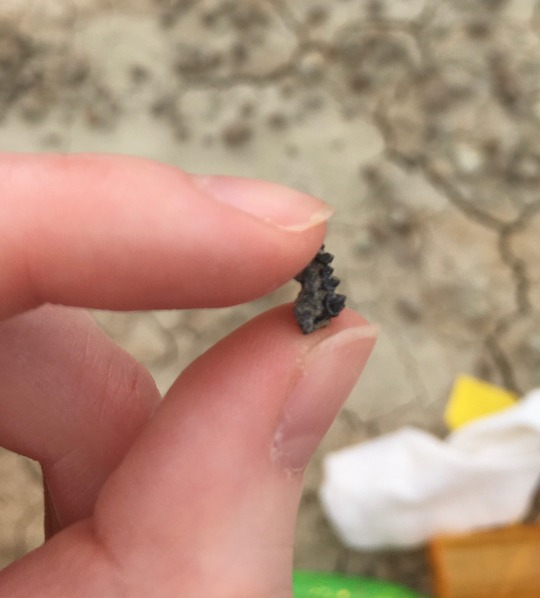
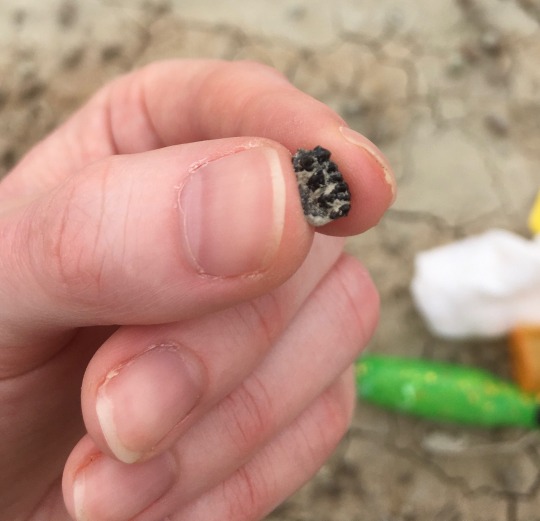
also a cantius to round out the other side of the primate tree, i do love an adapid as well and this guy was the first jaw i ever found!

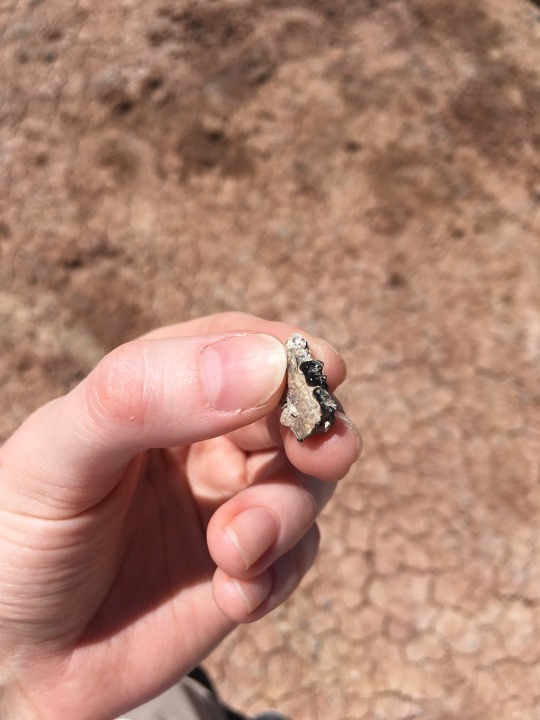
#i of course did not getto keep these guys but im glad to have the pics#we come from such tiny tarsier like beginnings…..
60 notes
·
View notes
Video
youtube
The Rise and Reign of Primates | The Adapids and Omomyids
0 notes
Photo

It's been a day of Native American culture for me. First I visited the art exhibit at the campus museum featuring contemporary Native American art, then I downloaded a dozen Native American mods for Civ 6 (and played for hours as the Cheyenne); now I drew a primate with a Native American name. Ekwiiyemakius walshi was described last year by Amy Atwater; its name honors palaeontologist Stephen Walsh, and "Ekwiiyemak" (behind the clouds) references the Kumeyaay peoples' name for the Cuyamaca region of California. I went with an appearance here that is based off several related omomyids as well as modern tarsiers and other small basal primates. There's nothing more to this taxon than teeth; luckily, mammalian teeth are highly distinctive and are actually worth a scientific name most of the time. And of course, this tiny guy (about 120g, or the size of a lesser bushbaby) is sitting in a ginkgo tree, because I like ginkgoes.
#ekwiiyemakius#primate#omomyid#omomyidae#primates#eocene#california#cuyamaca#ekwiiyemak#paleontology#palaeontology#paleoart#palaeoart#palaeoblr#paleoblr#paleo#prehistoric#palaeo#prehistory#prehistoric mammals#cenozoic#drawing#traditional art#pencil
27 notes
·
View notes
Text
oh to be an omomyid hopping from continent to continent
3 notes
·
View notes
Note
According to my professor, the nocturnal habits of “prosimians” (her words, not mine) are a secondary response to human activity. Is this more likely than simiiforms evolving from nocturnal ancestors?
No? Not only are not all “prosimians” nocturnal (lemurs are very variable), but there are clearly nocturnal primates (e.g. omomyids) dating all the way back to the Eocene. Early fossil primates appear to have been variable in activity patterns. My guess is that nocturnal primates evolved multiple times, potentially in part to reduce competition with diurnal ones (I’m not aware of any nocturnal primates that don’t live in the same area as diurnal ones, except maybe tarsiiformes but they do their own thing ecologically)
9 notes
·
View notes
Text
Imagine going for a Utahraptor and instead you end up with a Platybelodon or a fucking omomyid.
Nightmare inducing.
I wonder how often the scientists in Jurassic Park discovered DNA from something we hadn’t found in the fossil record yet, so they just ended up with something supremely weird and confusing with no idea what it was.
5K notes
·
View notes
Text
Tweeted
wsl: Omomyid https://t.co/LW3WaOukRV
— Tigmi Ocean Glory (@tigmioceanglory) May 26, 2019
0 notes
Text
The Value of Fossils from the Margins of Basins - #365papers - 2018 - 53
The Value of Fossils from the Margins of Basins – #365papers – 2018 – 53
Muldoon and Gunnell, 2012, Omomyid primates (Tarsiiformes) from the Early Middle Eocene at South Pass, Greater Green River Basin, Wyoming: Journal of Human Evolution, v. 43, p. 479-511 What’s it about? Much of this paper is a description of a new species of early primate, along with a description of the primate fauna from South Pass, Wyoming, which is on the edge of the Green River Basin. This…
View On WordPress
0 notes
Text
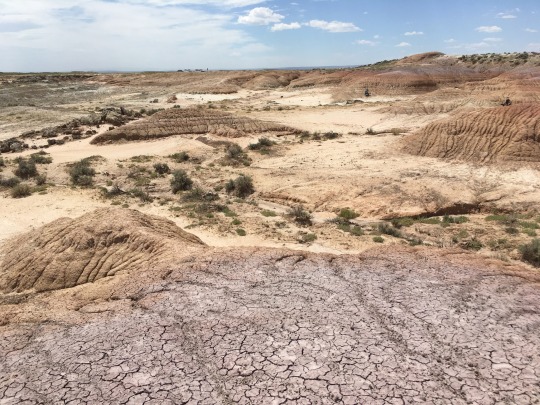


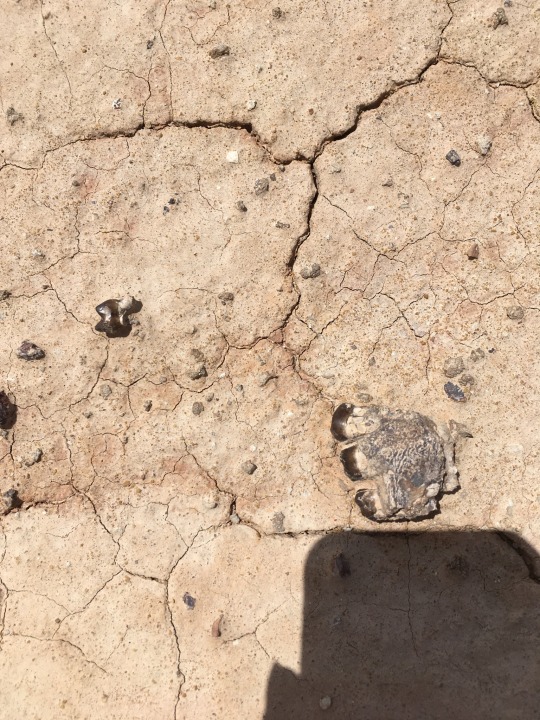


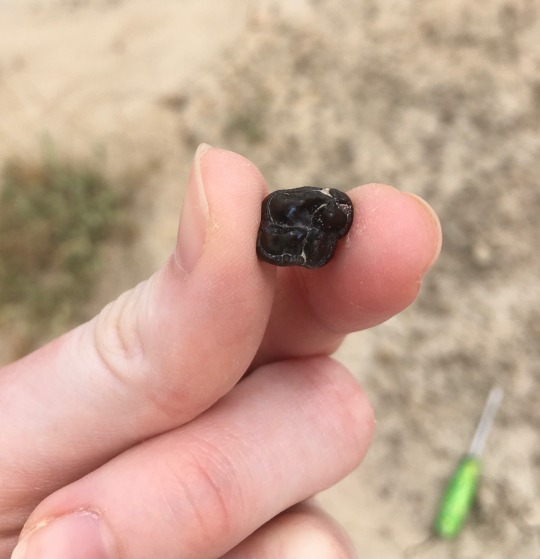
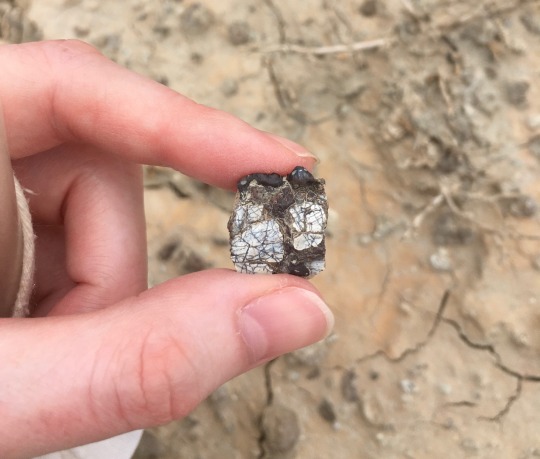
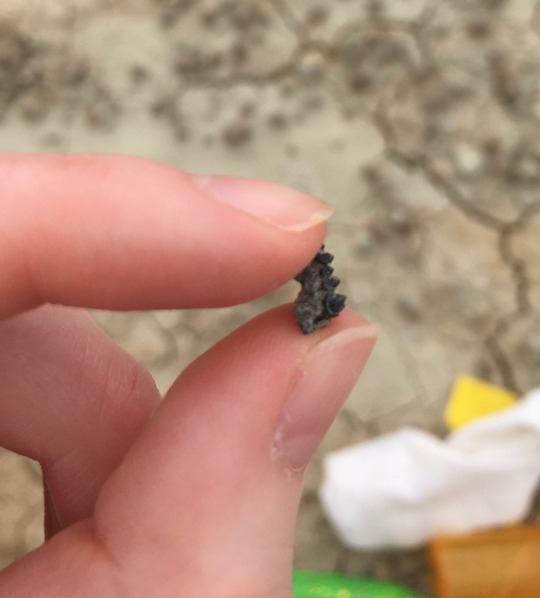

had hands down my best field season yet, finally found my first omomyid (teilhardina!!!!) and my much sought after phenacodus! just as amazing to see the willwood this year as it was the first year, already looking forward to the next season.
#paleontology#i already miss that dirt ;-;#we had such a good crew of students this year too#hoping and praying and begging the universe to align to allow me to join next year again#also. i found that phenacodus and diacodexis like two feet from each other and it made me Emotional#my pics
18 notes
·
View notes